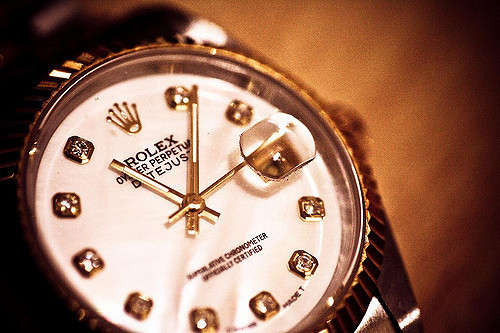After years of decline, the luxury watch market is showing signs of recovery. Leading the global comeback is China, which was the country behind the vitality of the whole market in the past in the first place.
High-end timepieces, which can be easy to flaunt and used to cement one's wealthy status were once highly sought after by the rich and corrupt Chinese government officials. It is not an exaggeration to say that their purchases contributed much to the industry's strength and vitality. However, when the anti-corruption campaign was launched in 2014, officials saw a dent on their wealth and status, curtailing the demand for luxury watches and other items.
However, based on the data just published by the Federation of Swiss Watch Industry, the global luxury watch industry is demonstrating a comeback. Those responsible for this sudden thriving of the market are a younger generation of wealthy consumers, mostly found in China and Hong Kong.
After two years of decline, exports of watches from Switzerland returned to positive territory. This positive development was first noticed since May of this year. By July, the value of the exports rose by 3.6% compared to the same month in 2017. The value reached as high as 1.7 billion francs.
China and Hong Kong consumers played a great part in this development. Imports by China grew by 22.3% while Hong Kong imports increased by a significant 16.8%.
The Federation of Swiss Watch Industry argues that the renewed demand from the Chinese market cannot be overlooked in this development. The demand is also expected to grow further.
The Chief Financial Officer of Richemont, Gary Savage, added that the demand from the mainland China posed really strong rates for nearly nine months now. This explains why several luxury watch brands are striving to enter or expand into the Chinese market.
Aside from the global luxury watch market, other luxury sectors are equally dependent on the Chinese market. So much so that there are current reports about luxury brands being worried about the stability of such dependence. According to Bloomberg Businessweek, global luxury brands, including Louis Vuitton, are worried that Chinese shoppers will demand and buying, especially since custom authorities in China are strict when these mainlanders return.
Currently, the Boston Consulting Group revealed that Chinese consumers are spending as high as USD 121 billion on luxury items. This accounts for 32% of the worldwide sales. The percentage is expected to increase up to 40% by 2024 if nothing changes.






